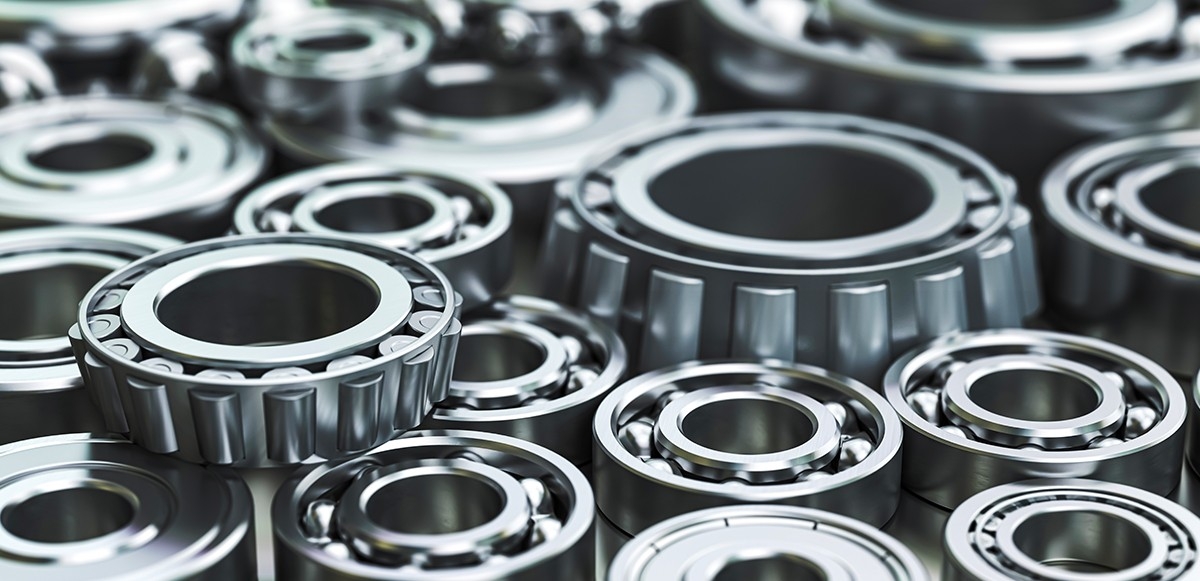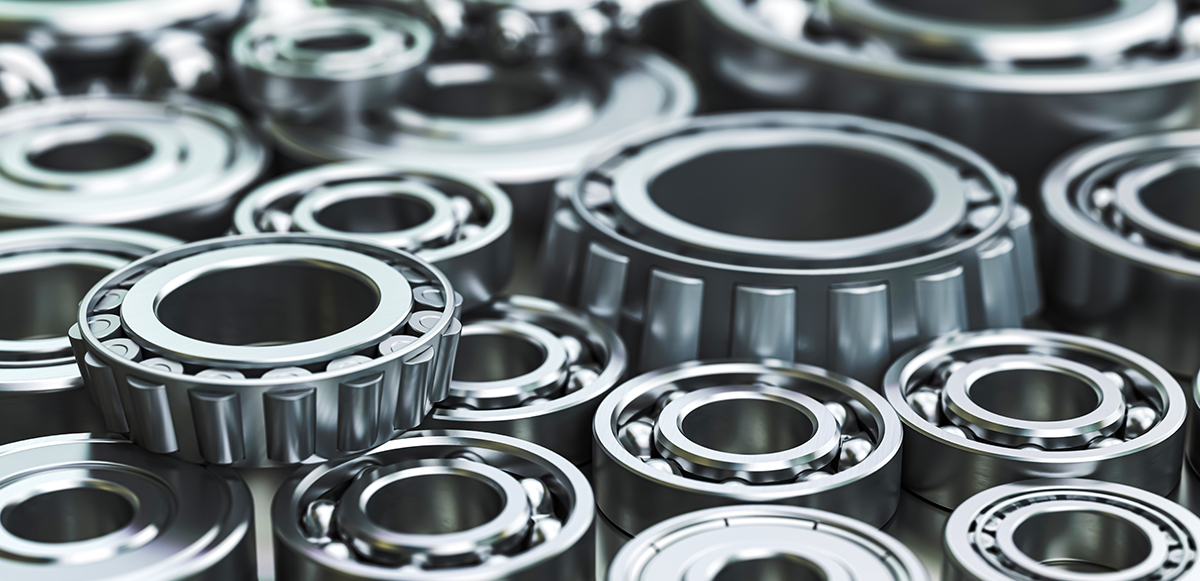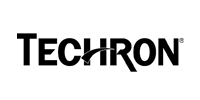Tools that are not specialized for use can cause unnecessary damage, denting, and wear. For example, bearing pullers or induction heaters are designed particularly for bearings.
Always check the physical state of the housing and shaft before mounting the bearing. Wipe the surfaces clean using a soft cloth, before familiarising yourself with the correct mounting method.
Ensure using the correct method when mounting your bearings; this varies depending on the type of bearing and type of fit. Applying pressure to the wrong ring when fitting can damage the rolling elements. Equally, avoid overly loose or tight fits, or a poor finish on the bearing seats or out-of-round shafts or housings.
Lubrication failure is among the leading reasons of bearing failure. The correct lubricant is chosen by bearing in mind the environmental conditions, temperature, speed, and load. This is where a bearing specialist can give the right advice on a suitable lubrication match and even control bearing lubrication to within a few milligrams. Another way to ensure you're getting your lubrication right is to invest in an automatic lubrication system, which delivers the correct amount of lubrication and the right time, ensuring your equipment is always properly lubricated.
Choosing a bearing that is apt for your temperature operating range is the first step. It has been observed that If a steel bearing is heated above the limit that it is designed for, can permanently deform or soften the bearing material, resulting in a reduced load-carrying capacity and resulting in equipment failure. Also, look out for discolouration of the rings, rolling elements, and cages, as this could indicate overheating.
Over time, if bearings are exposed to moisture, corrosion will occur which can lead to rust entering the raceway and ultimately, premature bearing and equipment failure. Wearing gloves can be helpful; this will help ensure that perspiration or other liquids do not penetrate the bearing. Also, when designing specifically for corrosive environments, choosing the right bearing is vital.
If a bearing does not sustain until it reaches the end of its operating life, replace your bearing with a superior one since a poor-quality alternative could lead to more costly equipment failure in the long run.
Monitoring bearing health is important and any warning signs such as excessive noise or an increase in vibration or temperature should be looked into along with any signs of operational abnormalities as these could be signs of a deeper problem.
Finally, look up
Delo Grease ESI EP 2, a technically advanced, extended service premium grease for a wide variety of on-highway and light-duty offroad applications. It has excellent high-temperature stability up to 177°C, effective water resistance, protects metal surfaces, extended service protection, and superb low-temperature pumpability.































